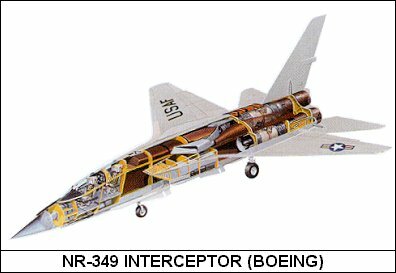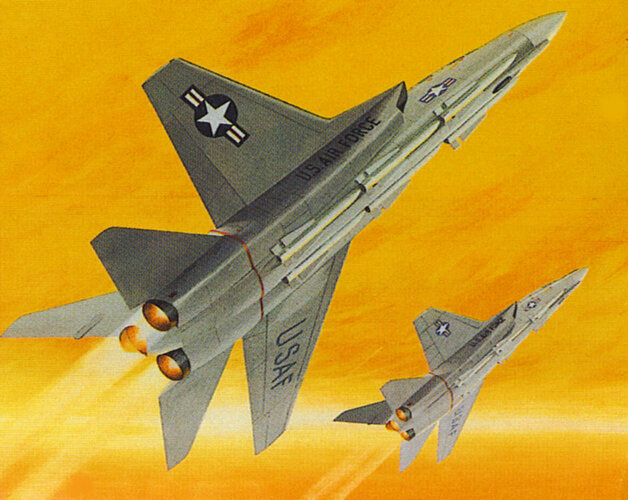Avimimus
ACCESS: Top Secret
- Joined
- 15 December 2007
- Messages
- 2,277
- Reaction score
- 589
Yes, cost and maintenance of course. It is better to have two larger engines... so only on a few occasions were three engined proposals made during the Cold War (particularly for long range interceptors or during the very early jet era when there were technological lags).
But - what about WWII? There was the wartime rush, plenty of pressure for quick fixes. There was also a need for interceptors.
Imagine a twin boom design with an engine at the front of each boom and one pusher mounted on the rear fuselage.
You get:
- Excellent pilot visibility
- The benefits of a twin-boom design
- Shared frontal cross-section between all engines and internal volume
- A third engine to allow one or two engined cruise (without having thrust as far out on the wing)
- Center of gravity is still reasonably far forward (relative to a pure pusher)
- Plenty of excess power for climb/attack
So why can't I think of a single design?
But - what about WWII? There was the wartime rush, plenty of pressure for quick fixes. There was also a need for interceptors.
Imagine a twin boom design with an engine at the front of each boom and one pusher mounted on the rear fuselage.
You get:
- Excellent pilot visibility
- The benefits of a twin-boom design
- Shared frontal cross-section between all engines and internal volume
- A third engine to allow one or two engined cruise (without having thrust as far out on the wing)
- Center of gravity is still reasonably far forward (relative to a pure pusher)
- Plenty of excess power for climb/attack
So why can't I think of a single design?


